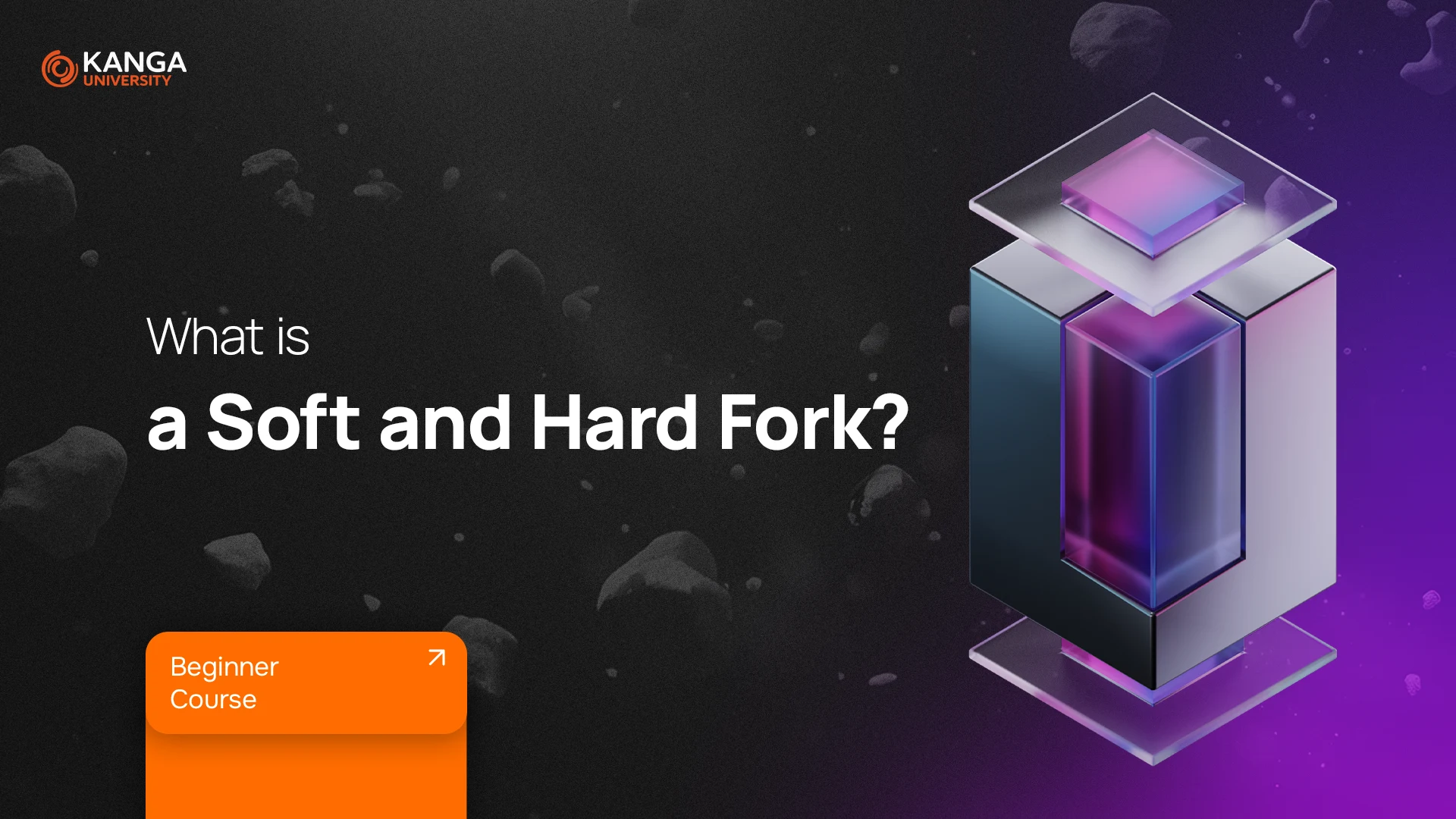
The world of cryptocurrencies is full of terms that may seem complicated at first glance. If you are just starting your journey with digital assets, it is essential to understand fundamental concepts such as Hard Fork and Soft Fork. While they may sound technical, grasping their meaning is crucial for navigating the blockchain space.
What is a Fork?
In the context of cryptocurrencies, a “fork” refers to a situation where a blockchain—a decentralized ledger of transactions—splits into two separate paths. This happens when changes are introduced to the protocol of a cryptocurrency, leading to a new version of the blockchain. You can think of it as a software update on your computer, but in a decentralized network.
Forks can occur for various reasons, such as fixing bugs, adding new features, or disagreements within the cryptocurrency community about the project’s future direction. There are two main types: Soft Fork and Hard Fork.
Soft Fork – a gentle update
A Soft Fork is a change to the blockchain protocol that is backward compatible. This means that even if not all participants update their software, they can still validate and approve transactions. You can compare it to a browser update—you don’t have to install it to keep browsing the internet, but those who do get additional features and improvements.
Example of a Soft Fork – SegWit (2017)
In 2017, Bitcoin implemented an update called Segregated Witness (SegWit), which changed how transaction data was stored. Before SegWit, blocks contained both transaction data and digital signatures (also known as “witness data”). SegWit separated these elements, increasing the efficiency of the network without enlarging block sizes.
Why was this important?
- Increased block capacity – SegWit allowed for more efficient use of block space, reducing transaction delays and costs.
- Fixed the transaction malleability issue – SegWit prevented the alteration of transaction identifiers, which was crucial for developing the Lightning Network.
Since SegWit was a Soft Fork, users could continue using Bitcoin without updating their software, but those who did gained additional benefits.
Hard Fork – a radical change
A Hard Fork is a change to the blockchain protocol that is not compatible with previous versions. This means that after implementation, the network splits into two separate blockchains—one following the old rules and the other adopting new ones.
Hard Forks can occur for various reasons, such as improving security, increasing scalability, or adding new functionalities. In some cases, community disagreements lead to the creation of a new cryptocurrency.
Example of a Hard Fork – Ethereum Classic (2016)
In 2016, Ethereum experienced one of the most controversial Hard Forks in cryptocurrency history. After a hack on The DAO project, the Ethereum community decided to reverse the hack and return stolen funds. However, some users argued that this violated decentralization principles and continued using the old version of the blockchain.
As a result, two cryptocurrencies emerged:
- Ethereum (ETH) – the new version with the rollback implemented.
- Ethereum Classic (ETC) – the continuation of the old chain, without reversing transactions.
This case demonstrates how Hard Forks can have significant consequences and lead to community divisions.
Comparison: Hard Fork vs. Soft Fork
| Feature | Hard Fork | Soft Fork |
|---|---|---|
| Compatibility | Not compatible with the previous version | Backward compatible |
| Network Split | May result in a split and creation of a new cryptocurrency | Maintains a single blockchain |
| Update Requirement | All users must switch to the new version | Users can still use the old version, but updates are recommended |
| Examples | Ethereum → Ethereum Classic (2016), Bitcoin → Bitcoin Cash (2017) | Bitcoin SegWit (2017), Taproot (2021) |
| Purpose | Radical changes to the network rules | Optimization and network improvements |
This table makes it easier to see the key differences between these two mechanisms. A Hard Fork introduces a complete change and can lead to community division, while a Soft Fork brings improvements without splitting the network into two separate blockchains.
Summary
Understanding the difference between a Hard Fork and a Soft Fork is essential for anyone who wants to navigate the world of cryptocurrencies with confidence. Both mechanisms allow blockchain networks to evolve and adapt to changing needs and challenges.
The solidity and immutability of blockchain technology do not mean it cannot evolve. Soft Forks and Hard Forks enable technological, economic, and social upgrades, allowing the system to meet users’ needs. Knowing these differences will help you better understand changes in the cryptocurrency ecosystem and make more informed investment decisions.
Discover staking with KNG token on Kanga Exchange